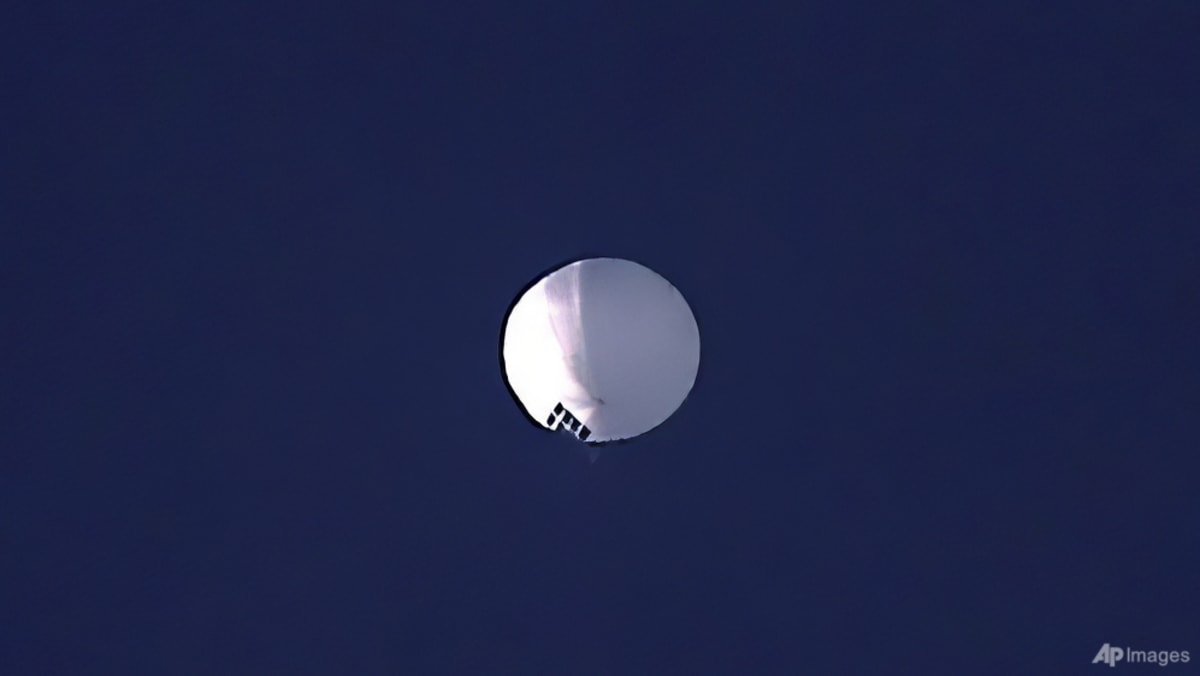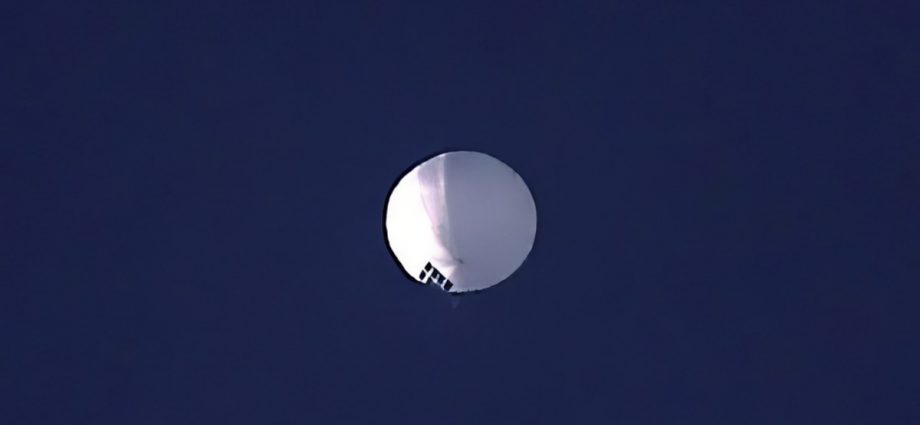
Balloons also have the advantage of holding relatively stationary positions over a surveillance target, compared to constantly orbiting satellites used by spy agencies to take photographs.
“These things can stay overhead, they can stay over one spot months at a time, compared to the low-Earth-orbit satellites,” Kim said.
COULD IT HAVE ENTERED US AIRSPACE BY ACCIDENT?
Kim called it a “real possibility” that a Chinese balloon may have been intended to collect data from outside US boundaries or much higher but malfunctioned.
“These balloons don’t always work perfectly,” he said.
The balloons usually operate at altitudes of 20km to 30km, and this one is at around 14km, he said.
“That’s definitely a little low … If you wanted it to be harder to spot, if you want it to be harder to shoot down, then it would make sense to operate at higher altitudes.”
WHY CAN’T THE US SHOOT IT DOWN?
Shooting down a balloon is not as easy as it sounds, said Kim.
“These balloons use helium … It’s not the Hindenburg, you can’t just shoot it and then and then it goes up in flames.”
“If you do punch holes in it, it’s just kind of going to leak out very slowly.”
Kim recalled that in 1998 the Canadian air force sent up F-18 fighter jets to try and shoot down a rogue weather balloon.
“They fired a thousand 20-millimeter cannon rounds into it. And it still took six days before it finally came down. These are not things that explode or pop when you shoot at them.”
He said it was not clear if using surface-to-air missiles would work, because their guidance systems are designed to hit fast-moving missiles and aircraft.

